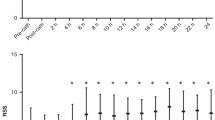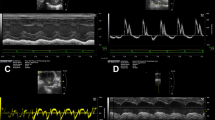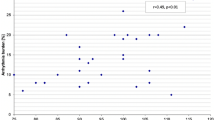Abstract
ABSTRACT: We speculated that there are important age-related differences in the economy of left ventricular force development in the isolated heart. To assess this, we evaluated oxygen consumption and force development in newborn (less than 1 wk old) (n = 26), juvenile (4-6 wk old) (n = 26), and adult (5-7 mo old) (n = 26) isolated, isovolumic rabbit hearts. Measurements were obtained with three different interventions, including 1) changes in heart rate, 2) inotropic stimulation with isoproterenol, and 3) changes in end-diastolic pressure. We found no significant baseline differences in the economy of force development. However, when heart rate was increased by 20%, the force/oxygen consumption ratio (economy) increased in newborn hearts by approximately 37%, whereas there was a decrease in juvenile and adult hearts of ∼27%. In addition, with increases in end-diastolic pressure above 10 mm Hg, newborn hearts increased their force/myocardial oxygen consumption ratio to 300% of the baseline value, whereas adults increased to only 160% of baseline. Isoproterenol produced no significant age-related differences in the force/myocardial oxygen consumption ratio. We conclude that there are important age-related differences in the economy of left ventricular force development in this model, but these differences are apparent only at higher heart rates and end-diastolic pressures.
Similar content being viewed by others
Log in or create a free account to read this content
Gain free access to this article, as well as selected content from this journal and more on nature.com
or
Author information
Authors and Affiliations
Rights and permissions
About this article
Cite this article
Parrish, M., Farrar, S. Force and Oxygen Consumption in the Immature Rabbit Heart. Pediatr Res 27, 476–482 (1990). https://doi.org/10.1203/00006450-199005000-00012
Received:
Accepted:
Issue date:
DOI: https://doi.org/10.1203/00006450-199005000-00012



